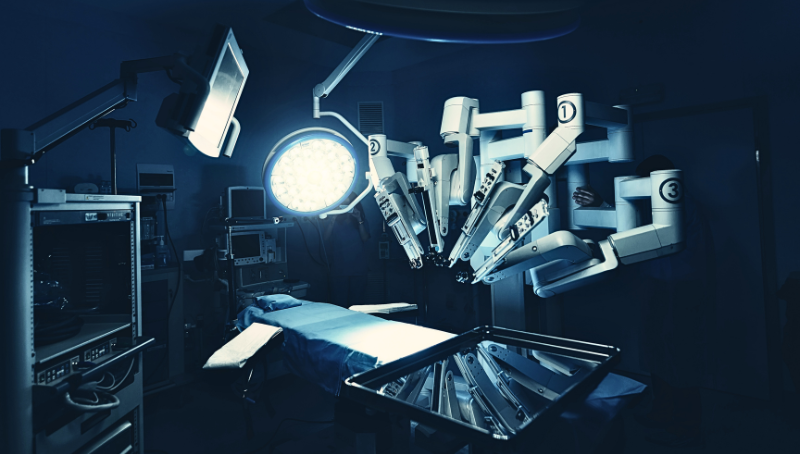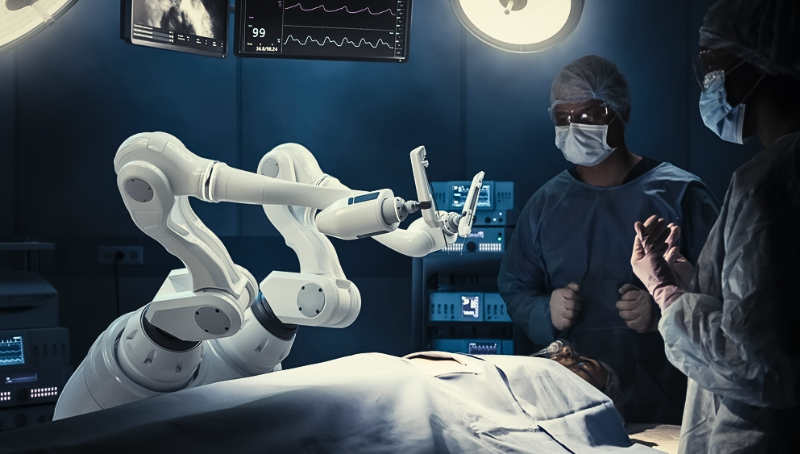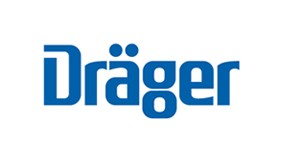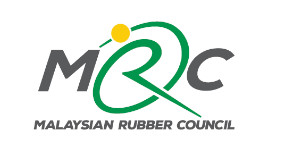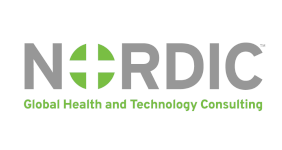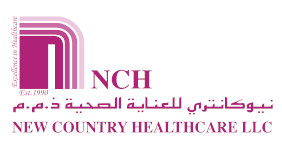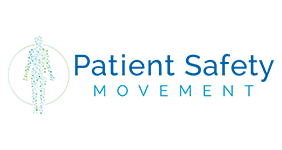Orthopaedic surgical robots revolutionise patient care and recovery
The integration of robotic surgery into medical practice has resulted in less invasive techniques, decreased scarring, and expedited postoperative recovery.
Surgical robots in the field of orthopaedics are transforming procedures and enhancing patient outcomes through the integration of machine precision with human expertise. This trend is being driven by several factors, such as the prevalence of hip and knee replacements, the shortage of physicians, and the growing acceptance of automated surgical instruments.
Over the past decade, the integration of robotic surgery into medical practice has resulted in less invasive techniques, decreased scarring, and even expedited postoperative recovery. Other benefits include reduced post-surgical complications, a lower incidence of blood clots, and an accelerated return to normal daily life following surgery.
Technological advancements are fuelling market growth, with miniaturisation of sensors, reducing costs, and driving innovations in mechatronic components. Their precision and ability to standardise operations have expanded beyond hip and knee replacements to shoulder and spine surgery. Robots can assist surgeons in navigating the delicate structures of the spine, reducing the risk of complications.
As the demand for orthopaedic surgery continues due to deformities, joint fractures, musculoskeletal traumas and bone infections, the global orthopaedic surgical robotics market is also growing rapidly. The market for robotic surgery reached US$4.4 billion in 2022 and the sector is expected to expand at a compound annual growth rate (CAGR) of 18.0 per cent from 2023 to 2030. North America is estimated to contribute significantly to global market growth, driven by high adoption rates of orthopaedic surgical robots and an increase in surgical procedures.
Growth depends on numerous factors such as the limitations of conventional surgeries, the adoption of robotic surgical platforms, changes in regulatory scenarios and technological developments. Factors including sports-related injuries and tech advancements are also contributing to market growth.
Key players operating in the surgical robotics market include Medtronic, Stryker, Zimmer Biomet and Johnson & Johnson, focusing on various aspects of orthopaedic robotics. The industry is becoming highly competitive, with new players entering the market and mergers shaping its future. As this technology continues to evolve, the potential applications and implications for healthcare are extensive. The growing prevalence of bone degenerative diseases and the rising number of hip and knee replacement surgeries due to the increasing cases of arthritis and osteoporosis are other major factors anticipated to fuel the market growth.
Monogram Orthopedics, a surgical robotics developer, is collaborating with Real-Time Innovations (RTI) to implement RTI's Connext Anywhere platform for telesurgery communications. The software ensures high-fidelity, low-latency, and secure communication over mobile and wide-area networks, making remote surgery feasible. Monogram Orthopedics achieved the world's first fully remote, robotically-assisted total knee arthroplasty, showcasing their advanced robotic technology.
Another key development with remote surgical assistance platforms is to enable experienced surgeons to provide guidance and support to less-experienced surgeons or those in less privileged areas. An experienced surgeon can use real-time audio and video communication to see and hear what is happening in the operating room. Some platforms allow an experienced surgeon to provide step-by-step instructions to another surgeon in the operating room. This can be especially useful when both of the surgeon's hands are occupied. Remote assistance eliminates the need for experienced surgeons to travel, extremely beneficial in remote areas where access to surgical expertise is limited. Technology can be used to bridge geographical and experiential gaps, ensuring that patients in underserved areas receive high-quality surgical care. Less-experienced surgeons have the guidance they need to perform complex procedures successfully, a specialist can even perform the surgery while in another city or country.
Surgeons can also consult with experts to address sudden complications or challenges during surgery, ensuring timely decision-making. In emergencies, the remote expert can guide the on-site surgeon through life-saving procedures, increasing the chances of successful outcomes. These platforms also serve as valuable tools for training and educating the next generation of surgeons. Less-experienced surgeons can learn from experts in real-world surgical scenarios.
The future of robotic surgery is promising as advanced technology has the capacity to elevate surgical imaging quality and integration with artificial intelligence takes this precision one step further, offering real-time support and feedback to surgeons. Robotics can enable tailored orthopaedic procedures, leveraging individual patient data for customised surgical solutions.
Looking ahead, robotics could lead to autonomous orthopaedic surgery with robots capable of independent surgery or surgeon-guided procedures. The rapidly advancing field of surgical robotics offers substantial benefits for both patients and surgeons. As technology continues to evolve, the market for robotic surgery is thriving and key players are at the forefront of this revolution, driving the technology forward and pushing the boundaries of what is possible in operating theatres around the world.
Reference: Surgical robot market
Read more industry-related articles at Omnia Health Insights

